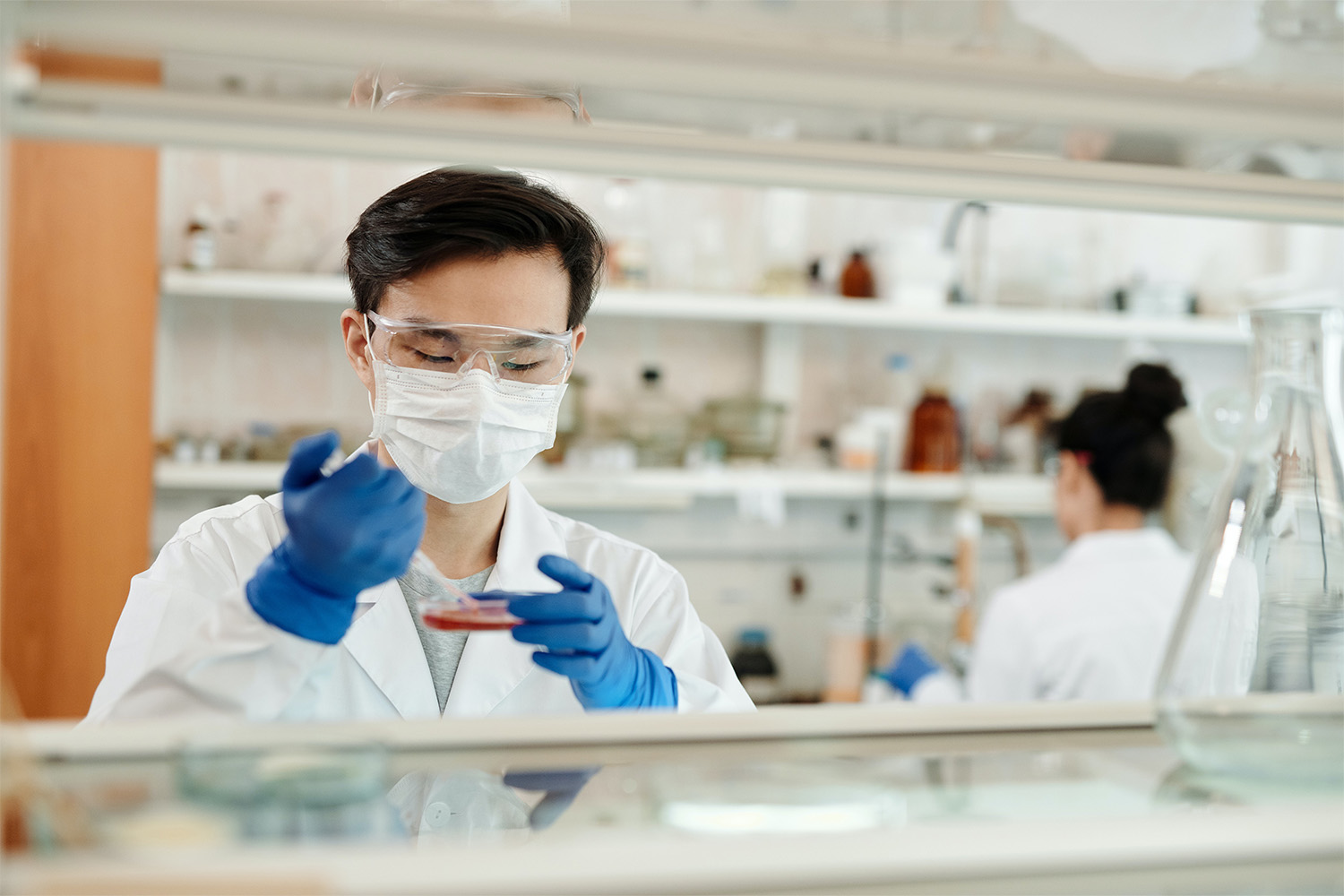Boston and Cambridge, A Life Sciences Super Cluster!
Share

Julie Brown’s recap of NEWiRE’s May Luncheon Program
On Thursday, May 24, Dr. Susan Windham-Bannister, President of the Massachusetts Life Sciences Center (MLSC ) spoke to a sold-out NEWiRE crowd at the Four Seasons Hotel in Boston. Dr. Windham- Bannister discussed the Center’s investment strategy and its impact on the development of life sciences across the Commonwealth by attracting companies to the area as well as providing grants, loans, and tax incentives.
Dr. Windham-Bannister is the first female President and CEO of the MLSC, a quasi-public agency created to promote the life sciences including biotechnology, pharmaceuticals, medical devices (the number one export of Massachusetts), diagnostics and bioinformatics (the intersection of biotechnology and information technology). MLSC is the agency charged with implementing Massachusetts’ 10-year, $1 billion investment in life sciences research and economic development.
Recently Jones Lang LaSalle named Massachusetts “The #1 Life Sciences Cluster” and Richards Barry Joyce named Massachusetts #1 in biotechnology construction.
Dr. Windham-Bannister credits several factors for this ranking:
- World-class academic and medical institutions leading life science research
- Highly competent workforce
- Business-friendly infrastructure–an international airport with 40 airlines, regional rail service, mass transit, and five deep-water ports
- Involvement in all industry sectors (biotechnology, pharmaceuticals, medical devices, diagnostics, and bioinformatics)
- Government financial investment through the state’s 10-year $1 billion Life Sciences Initiative (enacted by the MA legislature in June 2008)
Currently, over 80,000 people in Massachusetts work in life sciences –excluding healthcare. In 2010 medical devices represented 13% of exports. Life Sciences is the leading source of new company formation and venture capital investment – life sciences companies and research institutions are expanding and creating jobs across the Commonwealth. In 2010-2011biopharma grew 52.5%. Funding is a key contributor to job creation and innovation, and Massachusetts receives more per-capita NIH funding for research than any other state ($2.4 billion total in FY 10), second only to California.
MLSC investments facilitated the development of more than $1M sf of new laboratory and manufacturing space, contributing approximately $200M to 12 capital projects including Dana Farber Molecular Imaging Center, UMass Dartmouth Bio-Manufacturing Center (the fourth in the world), the Museum of Science Hall of Human Life and the Albert Sherman Center at the UMASS Medical School.
MLSC is also helping companies expand through tax incentives: 62 awards of over $58 million helped create more than 2,000 jobs. As a case in point, Vertex Pharmaceuticals received $2,242,173 in tax incentives from MLSC in 2010 and committed to creating 90 new jobs–part of the company’s plan to add 500 jobs over the next several years. Vertex’s 1.1 million sf global headquarters under construction at Fan Pier is the largest private project in the country and is expected to create more than 1,000 construction jobs. Last year the FDA approved Incivek, Vertex’s new treatment for Hepatitis C, as well as their drug for cystic fibrosis. This boost to the economy is due to initiatives taking place in Massachusetts.
Massachusetts is indeed attracting and retaining companies such as Shire, Pfizer, Sanofi Aventis, Biocell Center, BioSurplus, EarlySense, Izon, Novartis, Sony DACD, NeoStem, Intragen, Sagentia, Systagenix, Genzyme, AstraZeneca, Merck. Officials from these companies cite Massachusetts Life Sciences Initiative, a talented workforce, and leading research institutions as important reasons for making Massachusetts their home.
The Life Sciences industry can shape the architectural face of greater Boston, creating hubs of activity in architecture, engineering, and construction while increasing the number of viable life sciences jobs in the state – cool.